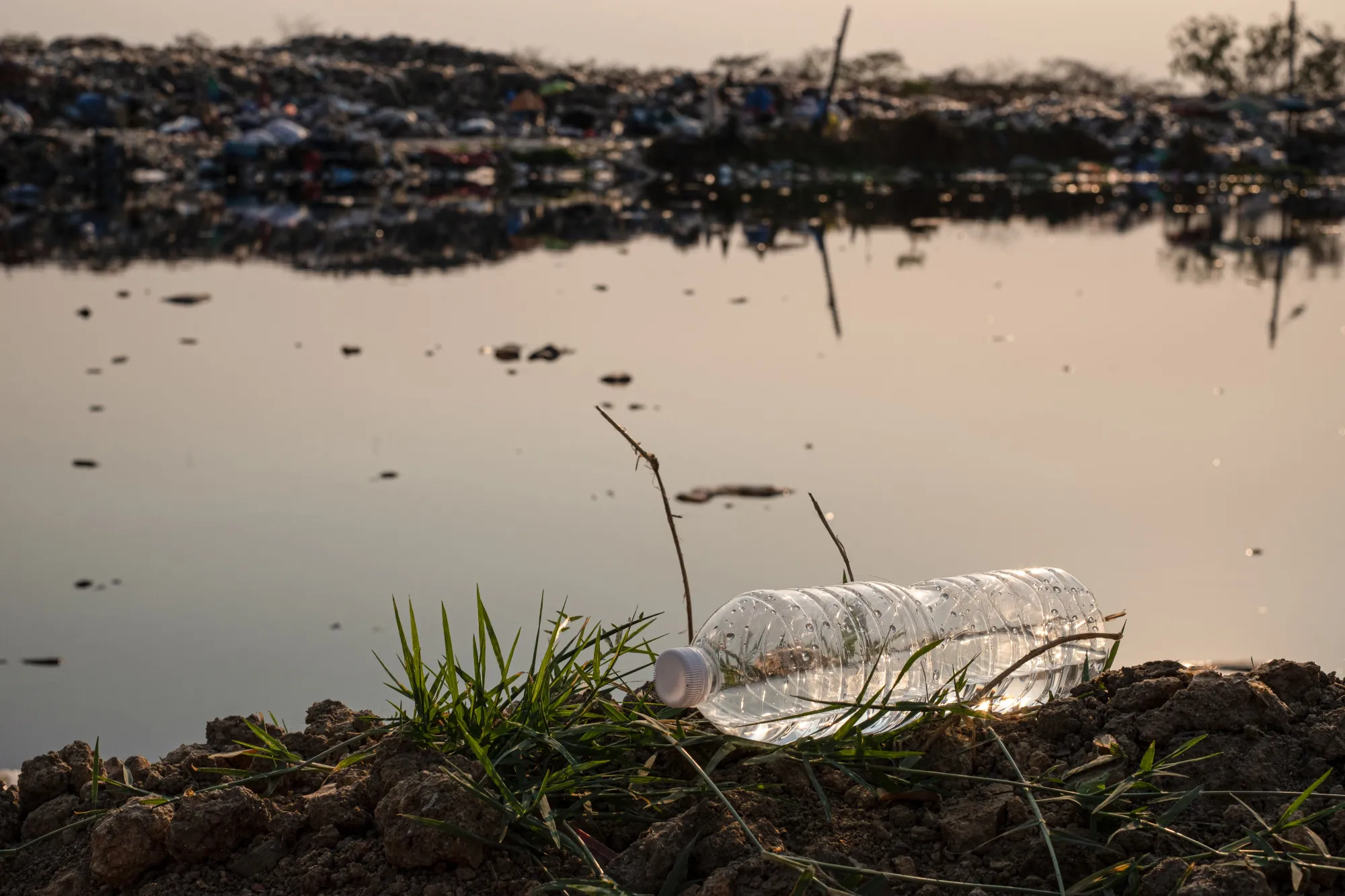DOI: 10.1016/j.scitotenv.2024.170010
The Blesbokspruit wetland, a crucial component of South Africa’s ecological landscape, now stands at a crossroads where the pressures of urbanization and industrialization have dramatically impacted its health and functioning. A comprehensive study conducted by Lebohang E. Koloti, Rosina R. Nkuna, and Tonderayi S. Matambo of the Institute for the Development of Energy for African Sustainability at the University of South Africa, shines a light on the consequences of human activities on this delicate ecosystem.
Understanding Wetland Microbiomes
Wetlands have long been recognized for their essential roles in water purification, flood protection, and as a haven for biodiversity. At the heart of these systems are intricate microbial communities, which play a pivotal role in wetland functions. The study, published in The Science of the Total Environment on January 17, 2024, offers an unprecedented glimpse into the composition and vitality of these microbial factions, particularly focusing on the Blesbokspruit wetland, an area that exemplifies the conflict between ecological preservation and economic progress.
The Study: An Analytical Approach
The recent investigation utilized geographic information systems (GIS) mapping to pinpoint sites bearing the brunt of pollution in the Blesbokspruit wetland. High throughput shotgun metagenomics sequencing analysis subsequently provided a detailed view of the microbiome and functional capacities within these targeted sites. The analysis revealed predominant microbial phyla, unveiling a dominance of Proteobacteria, Firmicutes, and Bacteroidetes, with dramatic variations in their distribution between water and sediment samples.
Disturbing Discoveries
The data has recounted a concerning narrative of the wetland’s health. Researchers identified six high-pollution sites, with Site 2 deemed the most contaminated, exhibiting worrying levels of chemical oxygen demand (COD) and total organic carbon (TOC). The genera Klebsiella, Citrobacter, Escherichia, and Lynsinibacillus were prominent across water and sediment samples, hinting at a potentially alarming shift due to pollutants that can influence the entire ecosystem.
The Implications
The findings of the study underscore the need to reassess the way we navigate our relationship with natural ecosystems. The altering of microbial biodiversity and functions not only disrupts the ecological equilibrium but can also pose dire consequences for human health and the surrounding flora and fauna.
The Way Forward
While the study has laid the groundwork for understanding the ramifications of human activity on the Blesbokspruit wetland, it also serves as a clarion call for action. Conservation strategies, improved waste management, and stringent regulation of industrial discharge are vital to safeguard and rehabilitate such ecosystems. The success of these endeavors rests on collaborative efforts from government bodies, local communities, and international environmental organizations.
Researchers’ Declaration
The authors have admirably upheld ethical standards in scientific publishing, asserting that no conflicts of interest or significant financial support have tainted the study’s outcomes. Such integrity ensures that the focus remains solely on the protection and restoration of the Blesbokspruit wetland.
Supplementary Data and Continuing Research
Insightful supplementary data related to the study can be found online, enriching the main publication and fostering further research in the field. The ongoing work by Koloti, Nkuna, and Matambo serves as a template for future investigations into anthropogenic impacts on wetlands worldwide.
Keywords
1. Blesbokspruit wetland restoration
2. Wetland microbiome health
3. Anthropogenic wetland pollution
4. Wetland conservation strategies
5. Metagenomics sequencing wetlands
References
1. Koloti, L. E., Nkuna, R. R., & Matambo, T. S. (2024). Impact of current anthropogenic activities on Blesbokspruit wetland microbiome and functions. The Science of the Total Environment, 170010. https://doi.org/10.1016/j.scitotenv.2024.170010
2. Mitsch, W. J., & Gosselink, J. G. (2007). Wetlands (4th ed.). Wiley.
3. Ramsar Convention Secretariat. (2016). The Ramsar Convention Manual: a guide to the Convention on Wetlands (6th ed.). Ramsar Convention Secretariat.
4. Zedler, J. B., & Kercher, S. (2005). Wetland resources: status, trends, ecosystem services, and restorability. Annual Review of Environment and Resources, 30, 39-74.
5. Reddy, K. R., & DeLaune, R. D. (2008). Biogeochemistry of Wetlands: Science and Applications. CRC Press.
This article serves as a vivid illustration and in-depth analysis of the complexities inherent in the interactions between human activity and natural ecosystems. As scientists continue to explore such vital connections, the hope remains that informed decisions and targeted actions can reverse the damage to crucial habitats like the Blesbokspruit wetland, preserving them for future generations.
